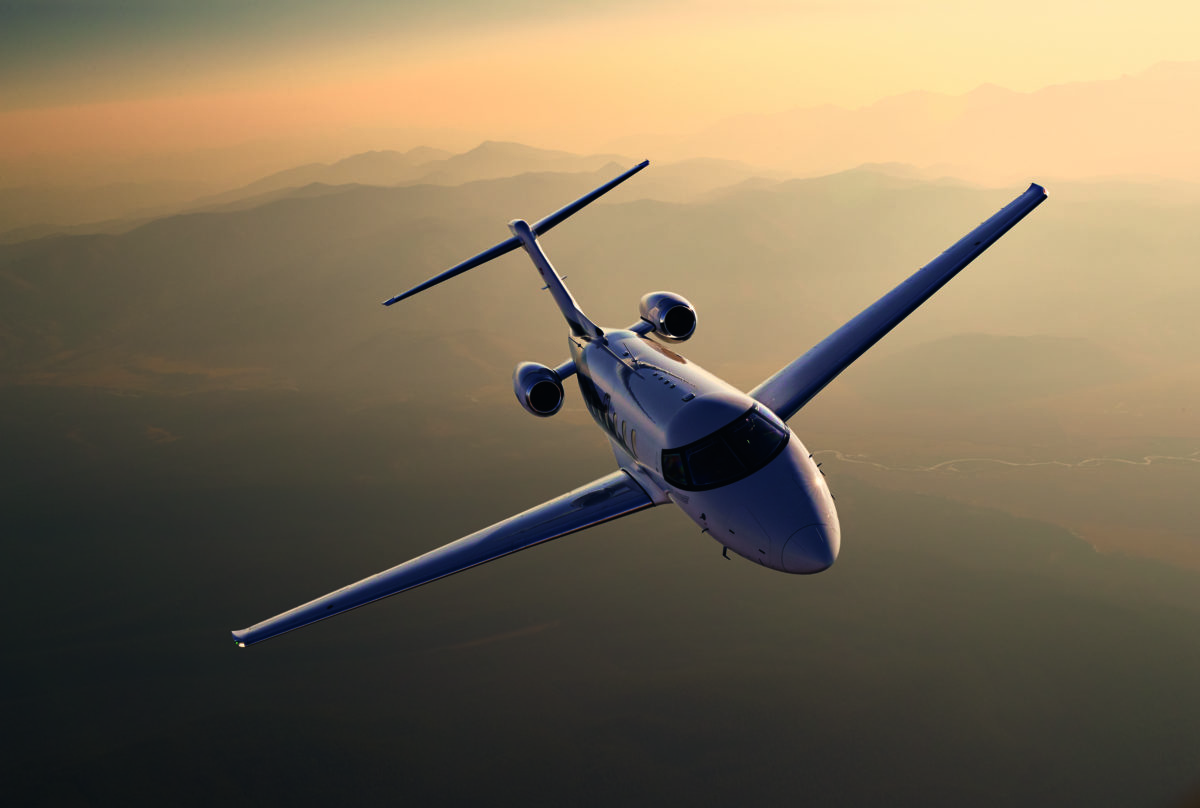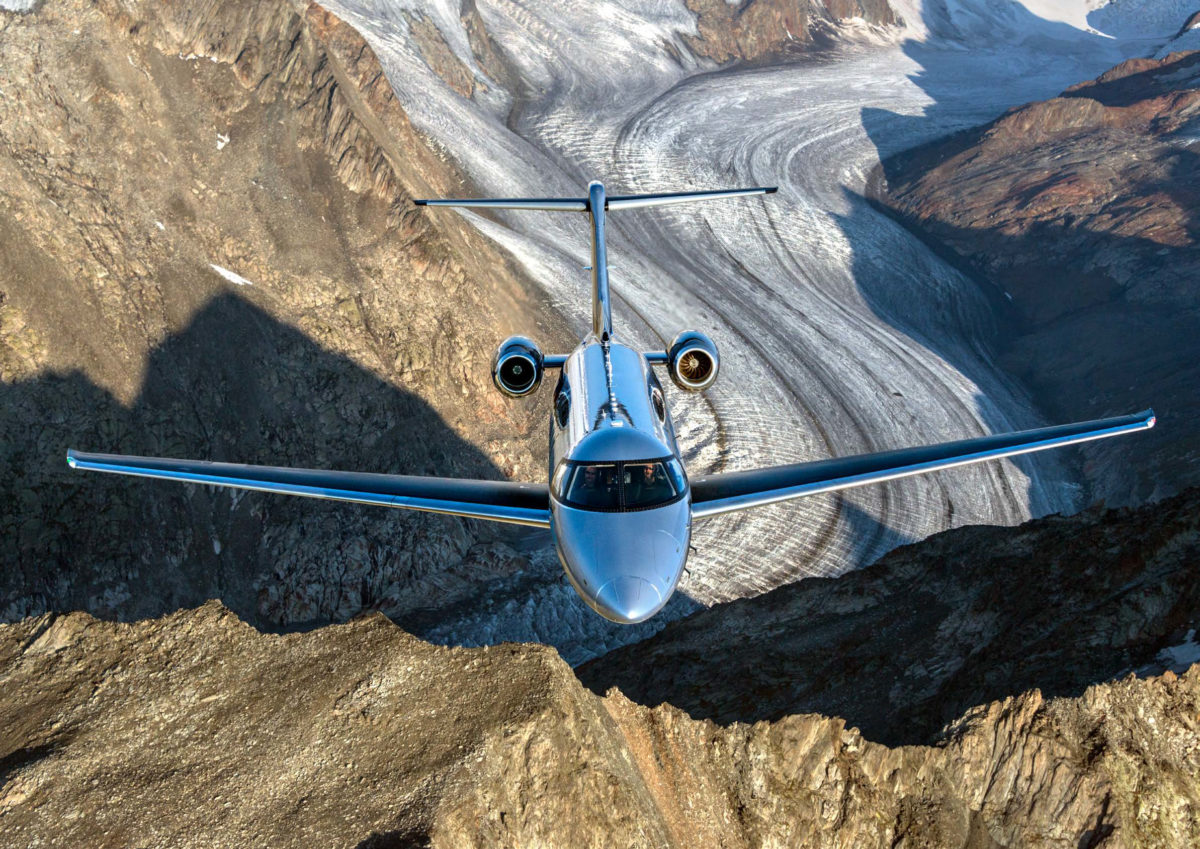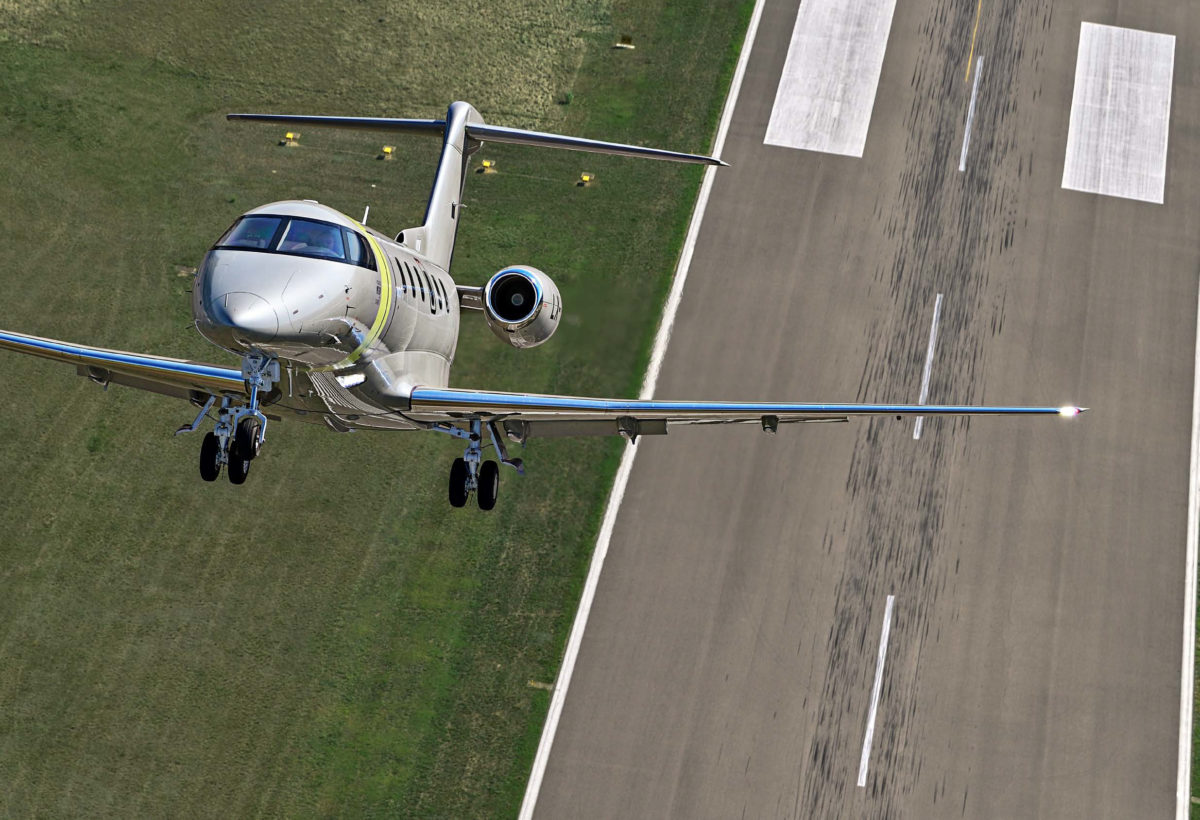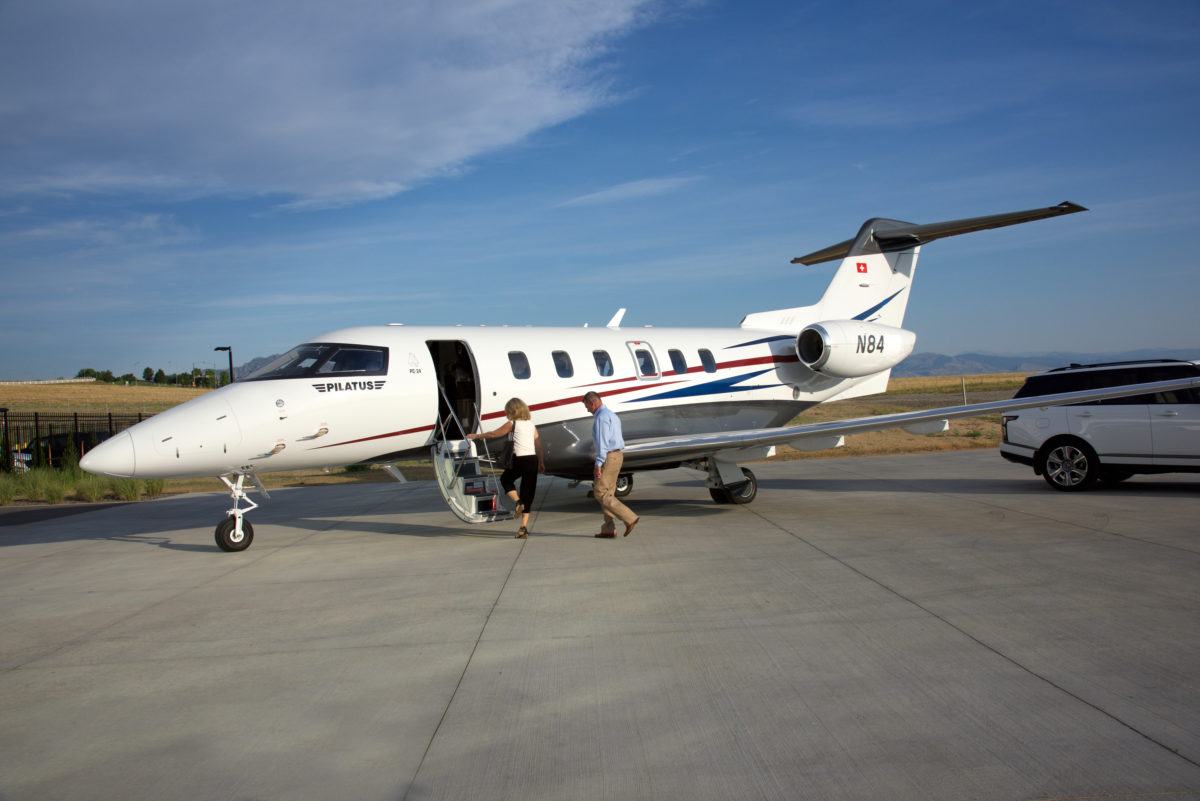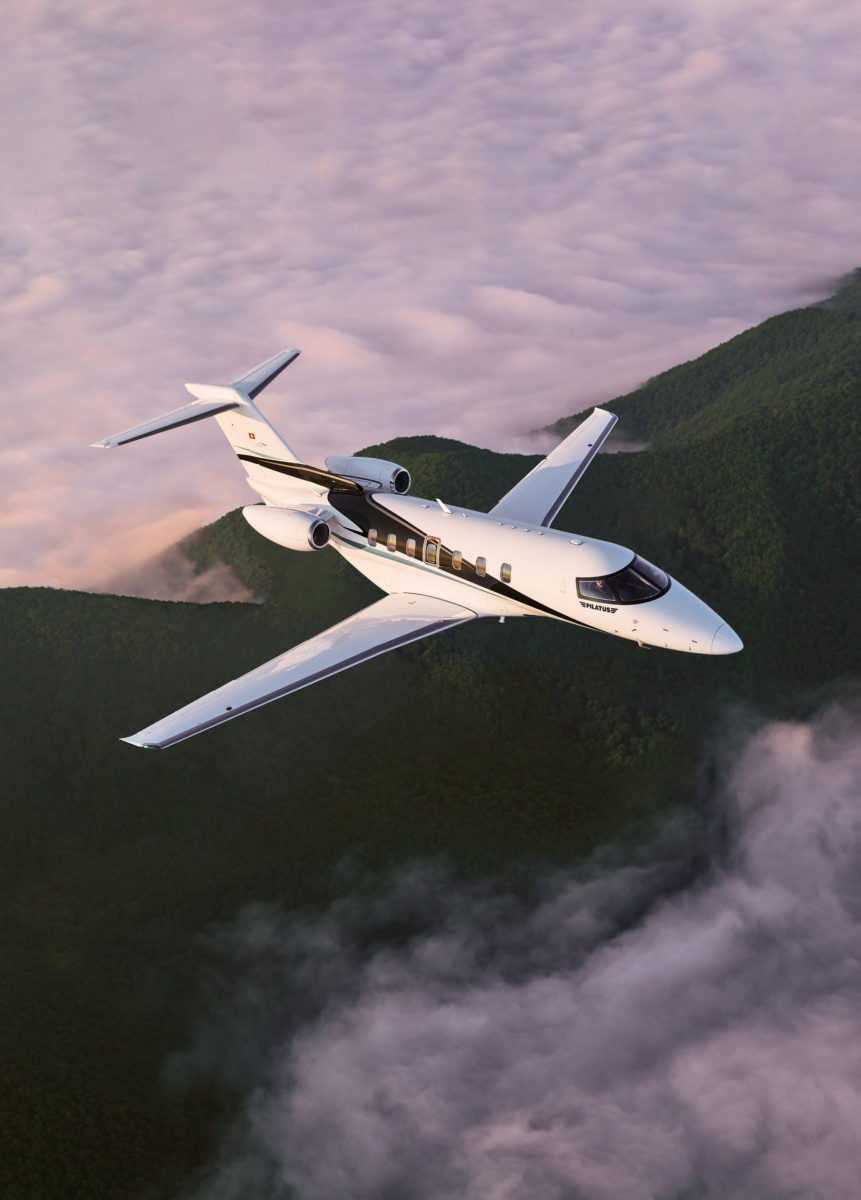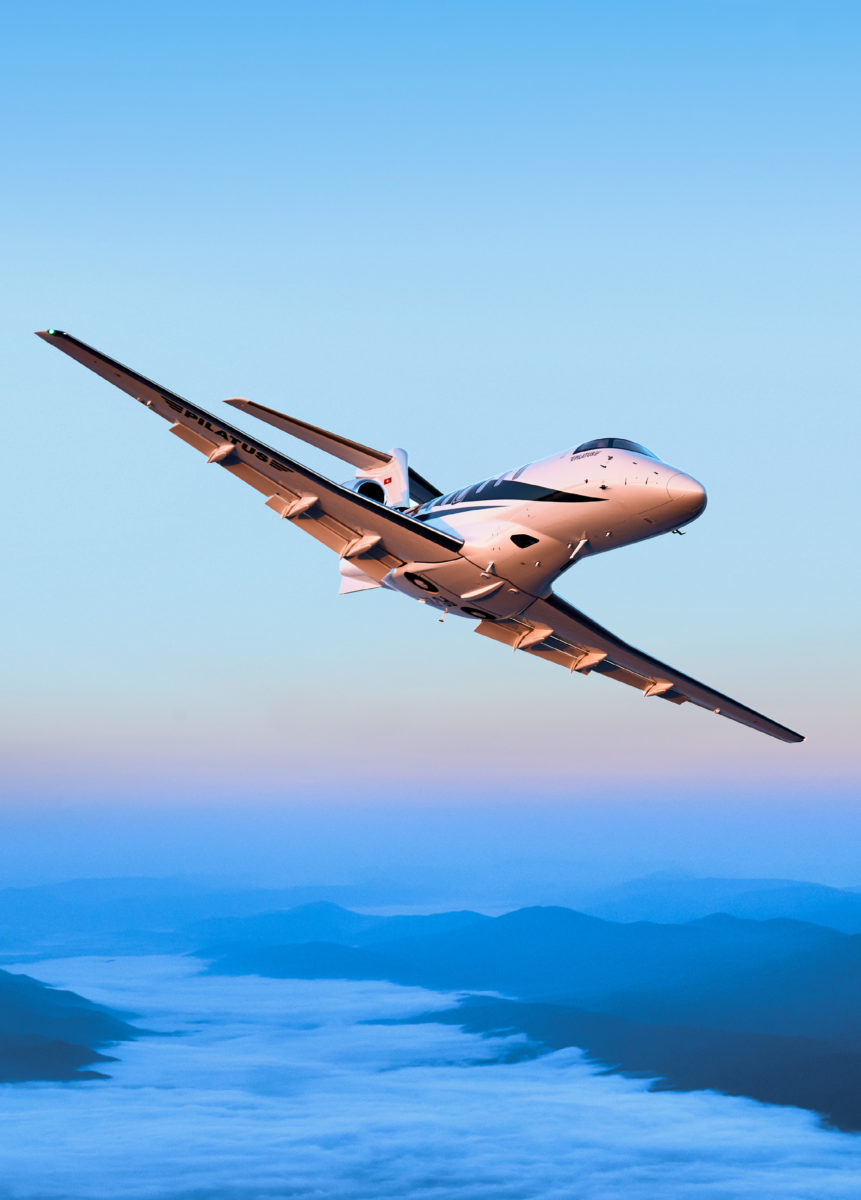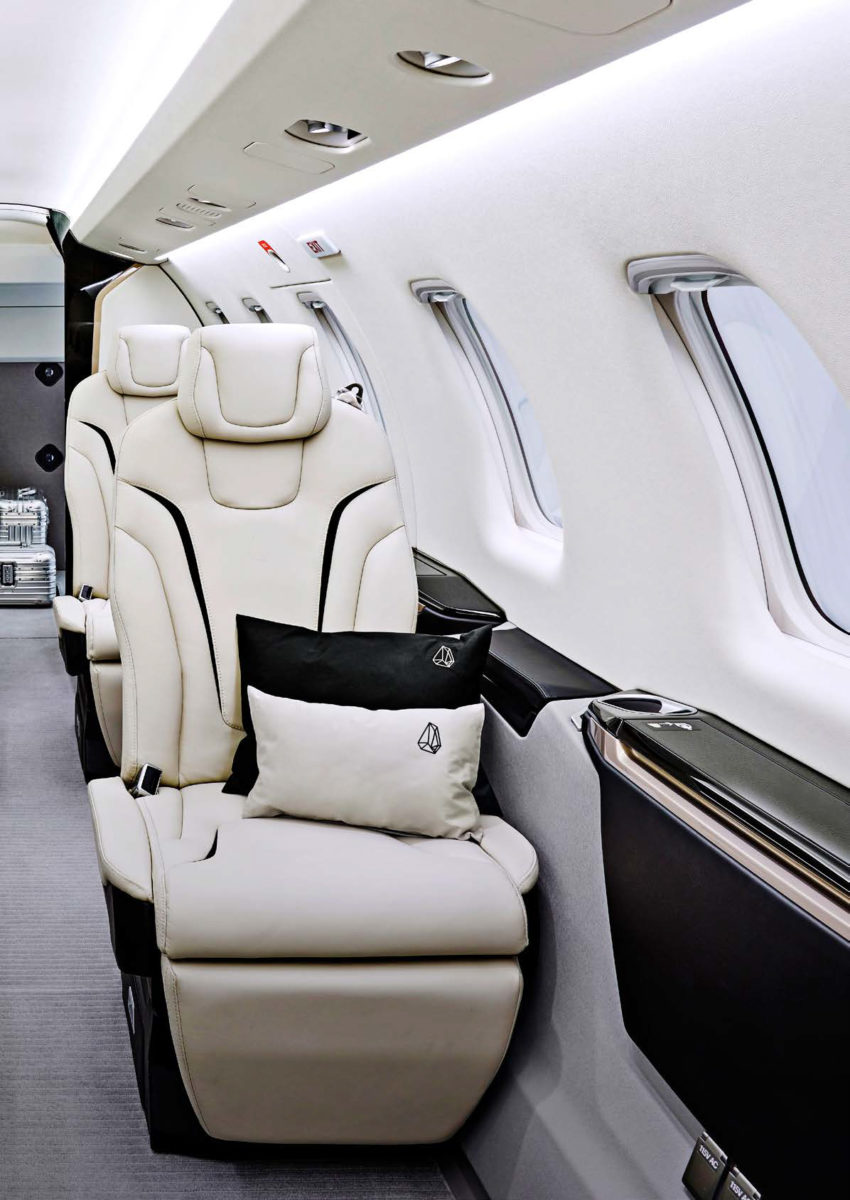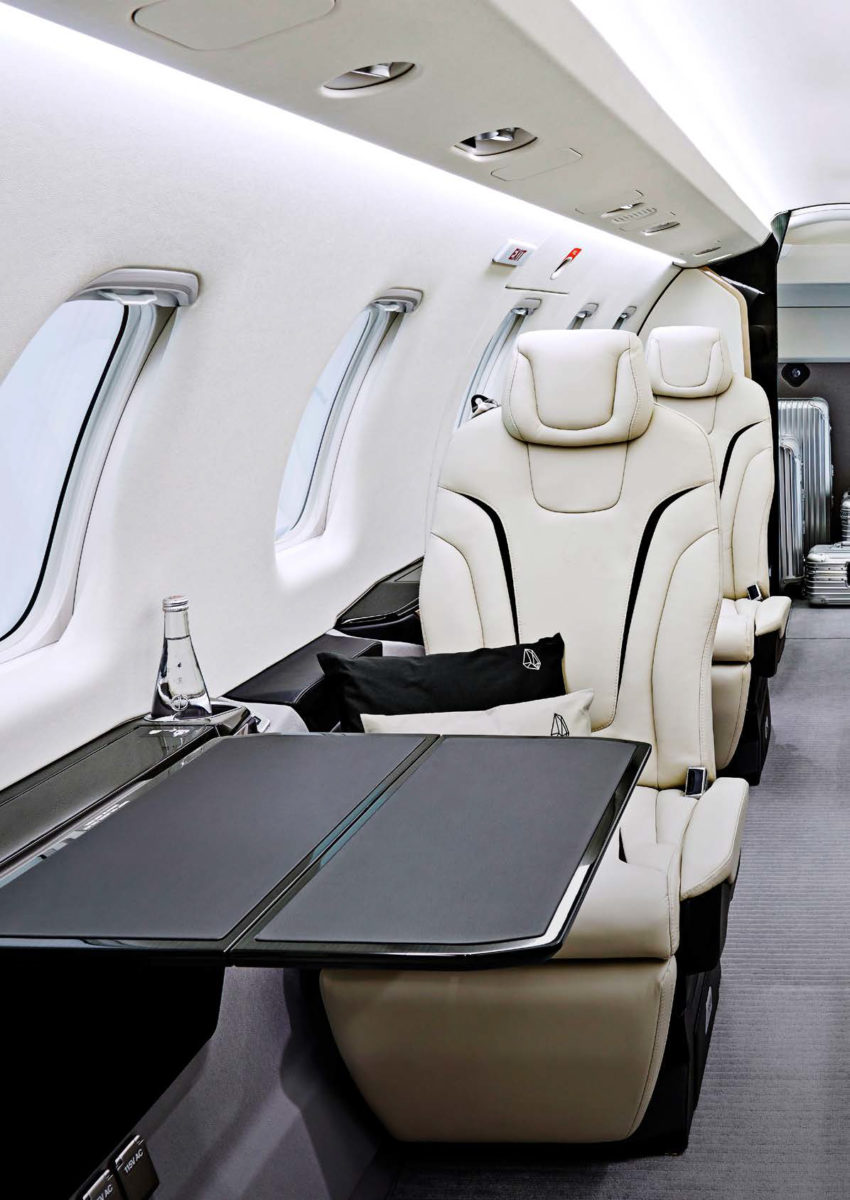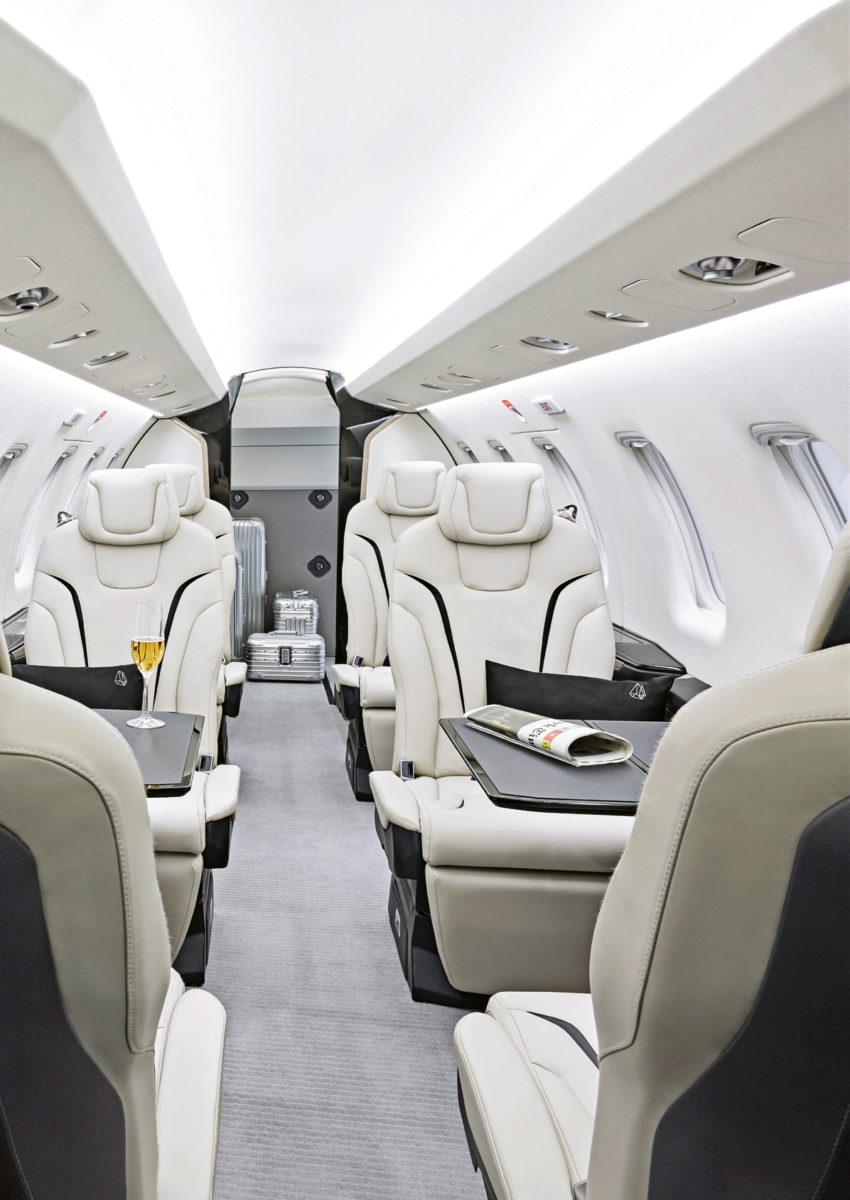The RS-24 received FAA and EASA certification almost simultaneously – at the beginning of December 2017. This event was the culmination of almost 12 years of work to create an aircraft with unique characteristics: the versatility of the most popular turboprop RS-12 (more than 1,700 machines in the world) was enhanced by the qualities of a medium-class jet aircraft. The PC-24 did not fall into any of the existing categories of business jets, so a new one was invented for it – the Super Universal Business Jet (SVJ).Pilatus opened the order book at the Swiss EBACE exhibition in 2014. Pilatus Aircraft Ltd President Oscar Schwenk and CEO Marcus Boucher signed the first contracts with the Australian nonprofit Royal FlyingDoctor Service (RFDS) for the delivery of four aircraft. PlaneSense, a U.S. operator with an equity stake in the MS-12, has ordered six more. By the end of that day, PlaneSense already had 75 orders, and in the first 36 hours it had 84. That was enough to supply production for several years to come. The order book was closed immediately. And the official roll-out ceremony for the PC-24 took place at Buoch Airport in Stans on August 1, 2014.
The total flight time of the three prototypes in the certification program was 2205 hours, the aircraft flew around the world and tested in different weather conditions. According to Pilatus, the program to develop the PC-24 spent CHF 500 million (about $502 million) of its own funds. An additional CHF 150 million ($151 million) was invested in new hangars and equipment at Stans to expand space and manufacturing capabilities for the production of the new business jet. Pilatus PC-12 operators were expecting an aircraft that “would combine the advantages of a turboprop – its reliability and ability to use short and unprepared runways – with the speed of a jet.” And they got it! The PC-24 needs a runway length of only 856 meters with a maximum takeoff weight of 8,300 kg to take off. Those figures mean the PC-24 can operate at more than 21,000 airports on the planet, including 8,383 in North America and 2,928 in Europe, which is 91% and 79% more, respectively, than its closest competitor, the Phenom 300E. The Pilatus PC-24 performs equally well on an abandoned unprepared runway as it does on the apron of a busy international airport.
As for the advantages of the Williams International FJ44-4A engines – they allow the PC-24 to reach a maximum altitude of 13,716 m (FL450) in less than 30 minutes and a cruising speed of 815 km/h at an altitude of 9,144 m (FL300). The range with four passengers at cruising speed (at maximum instrument range) with the necessary reserves is 3,900 km. At maximum payload it exceeds 3,500 km. The PC-24 was the first aircraft with the Quiet Mode function (QPM). Williams International created such a variant of the FJ44-4A to operate at idle – at a lower RPM than normal. This allows the right-hand PC-24 engine to run quietly between flights, in addition to serving as an auxiliary propulsion system, providing power for avionics and cabin climate control. The absence of auxiliary power unit reduces the total weight of the engine, noise level and, accordingly, related costs. The operating time in this mode is not included in the total engine hours. The FJ44-4A-QPM combines the FJ33 and FJ44 engine lines with a thrust range of 1,000 to 4,000 pounds. The FJ44-4A-QPM, an enhanced version of the FJ44 engines, currently has 5,300 units in service with a total of 12 million hours of operation. To prevent foreign objects (FOD) from entering the engines, the manufacturer has positioned them above the fuselage centerline and extended the flaps like shields for added protection against FOD.

The plane’s flat-floor passenger cabin is available in seven different layouts, which include VIP, air cab, combi and quick-shift configurations, as well as options for an externally serviced toilet, either forward or in the tail. The cabin accommodates six to eight passengers or up to 10 people in air cabs, with the PC-24 having a cabin volume of 14.20 m³ – much larger than its closest competitors: Cessna Citation XLS+ and Phenom 300E.Taking into account the requests of Russian customers and the peculiarities of operation in cold climates, Pilatus Aircraft has developed additional options. Now it is possible to provide hot drinks and meals during the flight. PC-24 is the first aircraft in this category with a full kitchen on board, built in the forward part of the cabin.
The second novelty is a set of equipment that makes it easier to start the engine at low temperatures. If there is no possibility to place the aircraft in a hangar during the cold season, this heating system will keep the engine and batteries warm and reduce additional stress on them arising in extreme conditions. The battery heater operates from a ground power source.
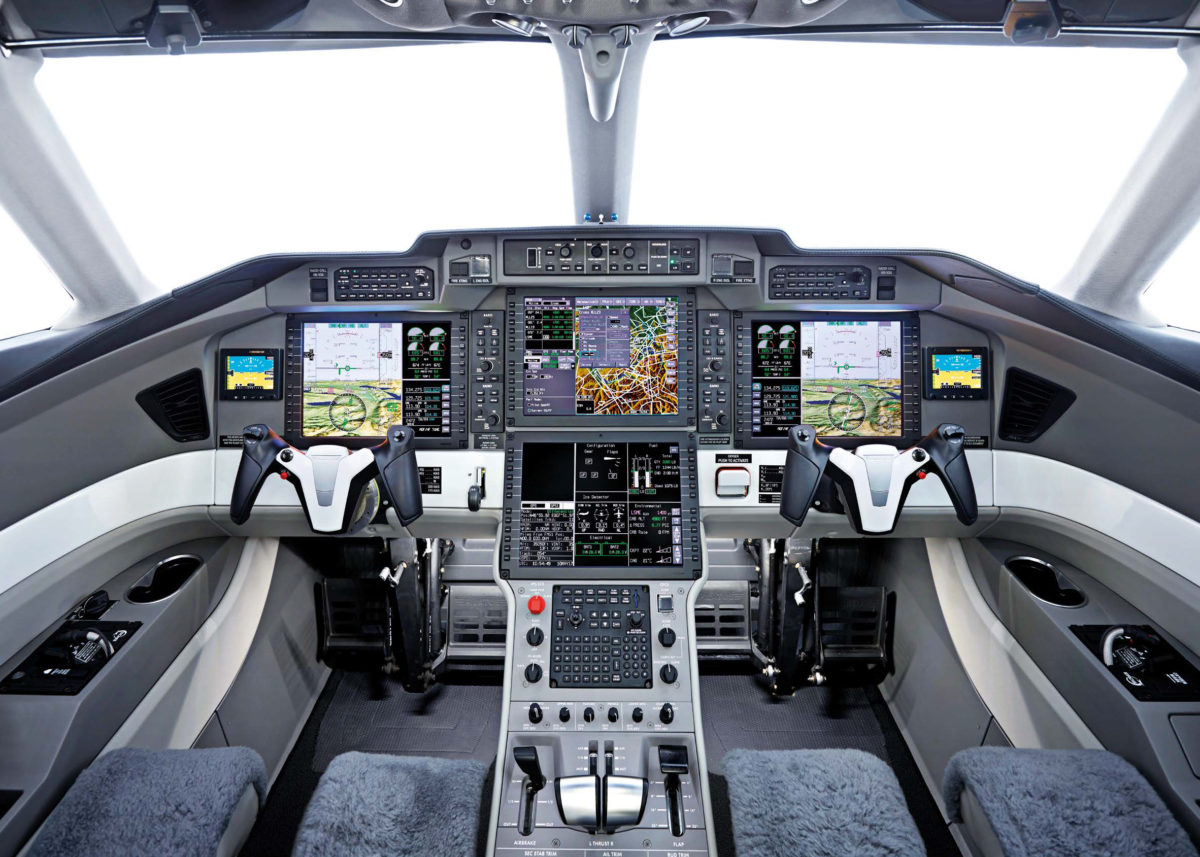
Poland, South Africa and Russia. Operators successfully coordinate corporate flights, share ownership programs, air ambulance flights, as well as private individuals operating their own aircraft. The authorized Pilatus sales and service center in Russia is Nesterov Aviation.
Photo courtesy of PILATUS-AIRCRAFT.COM
